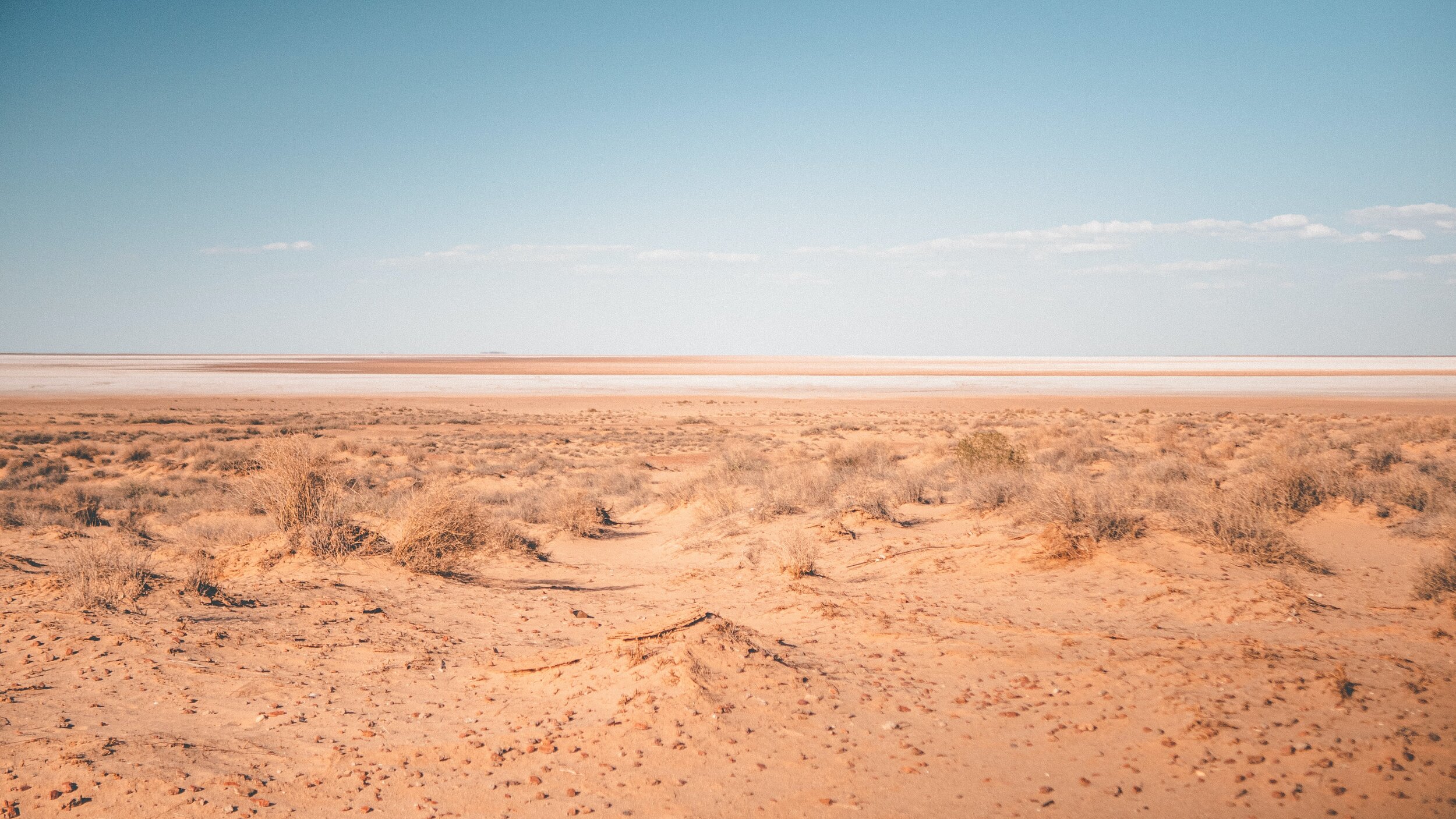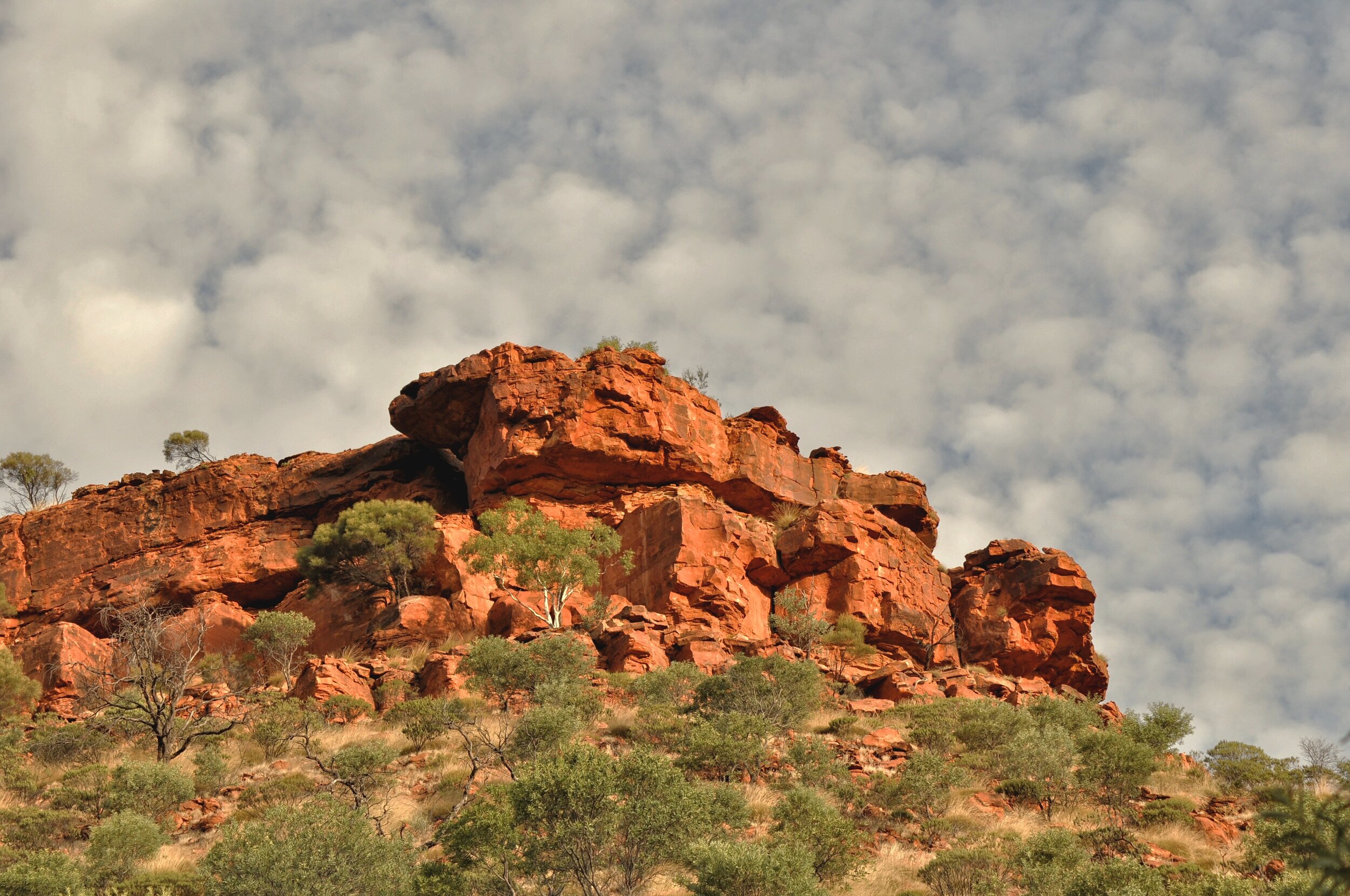It all begins with a vision, a goal, a purpose.
An explanation for the contents and their presentation on So That We Remember.
Every day of the year people watch new telecasts, listen to news bulletins. These news programs share a common feature. There will be items side by side that have no inter-relationship. An item on economics, followed by a report of a car crash, then a politician is quoted, followed by sports results and the weather forecast.
In one sense this daily journal of historical remembrance, entitled So That We Remember is a collection of historical news bulletins. However it has a particular focus, a particular theme, a particular purpose. The contents will vary as regards the timelines of Australian history, and the locations of historical events.
“Moon Over Mudgee - Always Was, Always Will Be, Wiradjuri” - Acrylic on canvas, 2020, by Glenn Loughrey
But the purpose is to focus on the theme of dispossession entailed in the colonisation of this continent and its islands, and the cost to Indigenous lives that was so dearly paid for that violent change of possession.
Professor Henry Reynolds has asked the question of Australia: “How, then, do we deal with the Aboriginal dead?”[1] While Professor Mark McKenna observes that, “there is no state-sanctioned memorial to the frontier wars in Australia. This absence is one of the most telling silences that continues to reign over our official historical imagination.”[2]
In compiling So That We Remember, we offer it as a daily memorial to the cost to Indigenous lives in the emergence of contemporary Australia. Those lives deserve to be remembered. The consequences of that colonisation process are still with us. There are no exits from the realities of this history.
In a good number of the daily texts particular dates are highlighted. This is done to encourage reflection along the lines of: ‘On this very day in our past, this happened.’
“This absence is one of the most telling silences that continues to reign over our official historical imagination.”
Many of the pages contain a selection of quotations. Whether the excerpt is of page length or more succinct in expression, the intention is to provide varied food for thought, for remembrance, for contemplation. Each day’s entries are an invitation to ponder more deeply the history of Australia’s Indigenous people. And to reflect more deeply on the tide of consequences that colonialism brought in its wake – a wake that still permeates this county’s life.
We have decided to use the terms Indigenous and Aboriginal as general designations. Some of the historical sources cited contain abusive and derogatory terms that no longer have public currency. Where they are retained in the excerpts, they are reminders of the dehumanising attitudes that fuelled the violence against Indigenous people (men, women and children) in Australia’s internal history.
Where quotes are drawn from primary sources, whether paragraphs, phrases or single words, they are italicised in the daily entries.
This production is both a literal and a visual aid to remembrance.
Henry Reynolds, The Other Side of the Frontier, p.165.
Mark McKenna, Moment of Truth – History and Australia’s Future, p.68.
See more: Acknowledgments.
Are you an educator?
If you’re a teacher or educator and are considering incorporating any of our content into your lesson planning, we invite you to explore our Education Resources page first to learn more about how to do so and our terms of use.
“A great project.”
— Stephen Gapp, author of The Sydney Wars - Conflict in the early colony 1788-1817, and Gudyarra – The First Wiradyuri War of Resistance – The Bathurst War, 1822-1824.
A story that began 233 years ago… this is a particularly focused journey into the history of this country.
— Ray Barraclough



